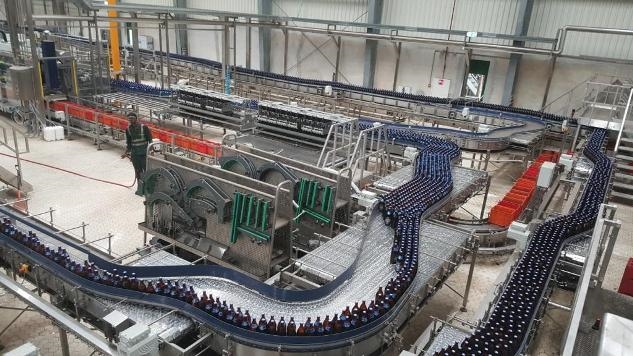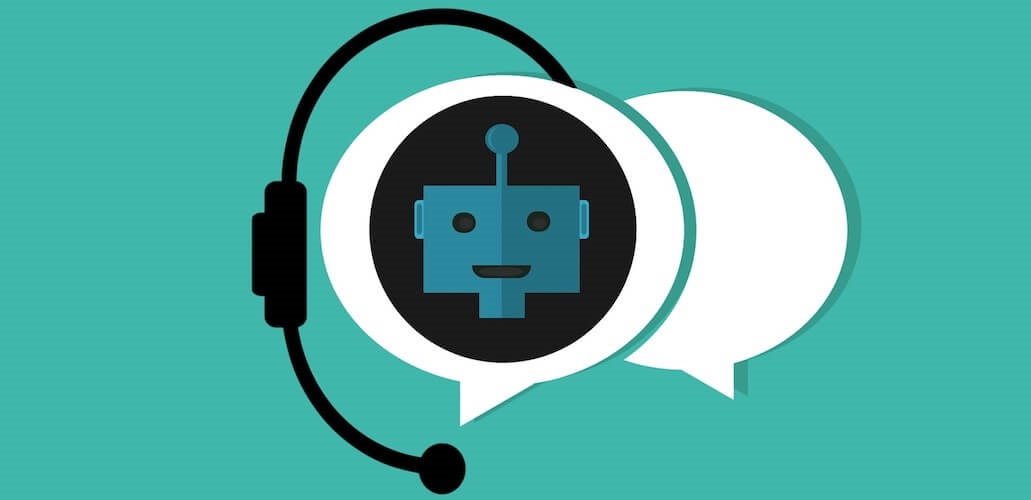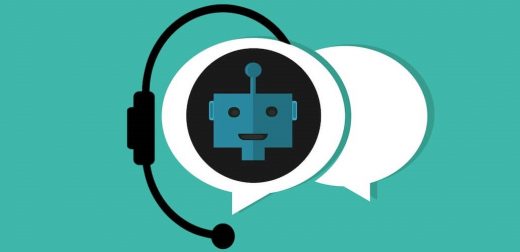Automation and AI; What’s the Real Difference?
Automation and AI; What’s the Real Difference?

Up to 800 million jobs could be lost to automation by 2030 according to a recent study from the McKinsey Global Institute. Though the figure was the most extreme scenario, there’s no doubt that technology will indeed replace many functions that humans perform today.
But what will that future actually look like? We often hear that machines or robots will take over human jobs, that there’s an AI revolution just around the corner. The terms automation and artificial intelligence are used interchangeably in this same context of a futuristic world. But, there are significant differences.
The TL;DR version goes like this: Automated systems follow preset rules. AI systems mimic human behavior.
Automation won’t look the same in every industry, and not everything will involve artificial intelligence or machine learning. Sometimes a piece of AI technology runs in the backgroundhttps://readwrite.com/2019/05/01/building-a-predictive-analytics-model-from-scratch/ without us even noticing it, while software automation happens without any sign of a new machine in the office.
Automation
Automation is good for business. It means delegating manual, mundane administrative tasks that suck up valuable hours to software or machines, freeing up time for human employees to focus on more complex, challenging, and creative work. Its benefits are twofold–better working conditions and employee engagement, as well as improving the bottom line by cutting costs.
Think of it as the modern-day equivalent of the cotton gin. Before the invention of the cotton gin, people had to separate the cotton from their seeds by hand manually. It was a highly difficult task that would take up a lot of time. So imagine when Eli Whitney came up with a device that could perform this process much more efficiently.
Sure, someone still had to crank the machine or use a horse to drive it over the cotton field. But anyone in the cotton business could recognize the value of this machine that could produce more cotton in a day. More cotton equals more profit.
Today, we’ve come far enough that machines don’t even need to be operated by humans like in the 18th and 19th centuries. Go to any beer factory today, and you’ll see an automated assembly line where machines operate machines. Or open up your computer at work and send out thousands of emails with a single click through a marketing software.

An automated system replaces simple functions that anyone can pick up quickly and do but in a highly time-consuming way. The machine or piece of software doesn’t need to be super smart; it just needs to follow what it’s programmed to do. It doesn’t need to keep learning and evolve.
New automation is different from old automation and the way we use automation in a broader sense. There is a type of workflow that essentially takes care of itself. This definition of automation can encompass many different types of technology, from the most straightforward programs like packing up cans of beer in a box to digitizing the routine business processes your employees spend time on today to AI-based workflows that can use machine learning to make recommendations or even reroute running processes.
Artificial Intelligence
AI is where things get fascinating — so much so that Elon Musk called it our “biggest existential threat” and Stephen Hawking said it would be “potentially our worst mistake ever” to dismiss its worrying implications.
The bigger worries are lessened because AI is designed to imitate human intelligence with limitless potential for learning. Unlike the simple automated systems where you have a machine putting things into a box, which you could teach your dog to do, you need much more advanced intelligence to know how to suggest which movie to watch based on your past viewing history on Netflix.
Scientists worry about AI because it has the potential to outgrow human intelligence as much as our knowledge surpasses that of snails. As the most intelligent species on earth, it’s hard for us humans even to imagine a world in which we’re not in control. But it is now a possibility.
So why are most of the largest enterprises and companies in the world investing in AI-based systems?
According to a Vanson Bourne study, 80% of enterprises already work with some form of AI and 62% plan to hire a Chief AI Officer. AI divisions are popping up in all industries from IT to healthcare to provide better services as well as improve internal processes.
In a study by Accenture, AI technology was found to enhance productivity by 40% and double economic growth by 2035. In 2017, Statista found that 84% of global businesses believe that AI will give them a competitive advantage.
As AI’s capabilities increase, more and more businesses in different sectors will inevitably adopt AI. In a marketplace where the most significant businesses are already using AI, not adopting the technology will mean businesses will get left behind.
Types of AI
“The current AI ecosystem consists of machine learning, robotics, and artificial neural networks. Over the last few decades, the evolution of AI has mostly revolved around the advancement of linguistic, mathematical, and logical reasoning abilities. However, the next wave of AI advancements is towards developing emotional intelligence.” – Statista
Artificial intelligence comes in various shapes and sizes with a complex system of subsets and subsets within subsets. But Thomas H. Davenport, the author of The AI Advantage, outlines it simply based on function as follows:
-
Process automation:
Businesses can use AI to automate complex internal processes. AI-based process automation is different from more straightforward automation tools because it requires higher intelligence. Examples of this include going over legal documents through language processing or detecting outstanding invoices by looking at the data in the system. Your data is the most common and most important type of AI businesses use today.
-
Cognitive insight:
This type of AI not only detects data but analyzes it to come up with future predictions or recommendations. The AI can study customer behavior such as purchases or browsing history on Amazon to suggest similar items. The more data it gets, the more accurate its predictions become. Companies can use this technology not only to learn customer behavior for marketing purposes but also to peruse massive amounts of legal documents to extract terms or match data, saving a ton of time and money in the process.
-
Cognitive engagement:
If you’ve ever talked to a robot customer service agent, you’ve interacted with this type of AI. Because it requires the most complex of human-like functions, it’s also the least developed. Not only does the AI have to understand and process data, but it also has to produce answers in a way that imitates natural human language.

The transition to AI and Automation will impact everyone.
The benefits of artificial intelligence and automation are too compelling to ignore. As AI-based technologies increasingly penetrate business and our daily lives, the impacts will be profound and will be felt and observed by everyone from workers to business leaders to policymakers. So what kinds of actions should we take?
Business retooling.
Businesses must re-engineer their processes and reevaluate their talent strategies–how to deploy which workers where, based on their skillset. Ultimately though, workers have little to fear. 78% of executives do not consider reducing headcount as a primary benefit of AI and automation. Some job losses are likely, but AI is much more likely to augment human activities than merely replace them. It’s in the company’s as well as society’s interest to train and prepare workers to work with AI-based technology.
Individual preparation.
People to have to be aware of rapidly evolving workforce trends. We need to put a greater emphasis on acquiring skills like social perceptiveness and creativity even in our basic education – things AI is not good at in its performance. Most important, we can’t afford to be complacent. Just like coal mining jobs aren’t coming back no matter what the politicians say, routine task-oriented tasks will get replaced by intelligent robots. That means we need to be more well-versed in technology, investing in proper training and education.
Active social policies.
Income replacement [perhaps temporary] and financial support during the transition will also play an essential part in creating positive change. Policies such as Universal Basic Income, affordable education, and retraining, higher minimum wage, a shortened work week, as well as tying income growth to productivity growth are all changes that have the potential to have a significant impact.
AI and automation will have a massive impact on our future lives. There will be challenges to overcome, but with the right policies, education, and retooling, we may well be entering a golden age of prosperity, happiness, and freedom from drudgery.
The post Automation and AI; What’s the Real Difference? appeared first on ReadWrite.
(28)


